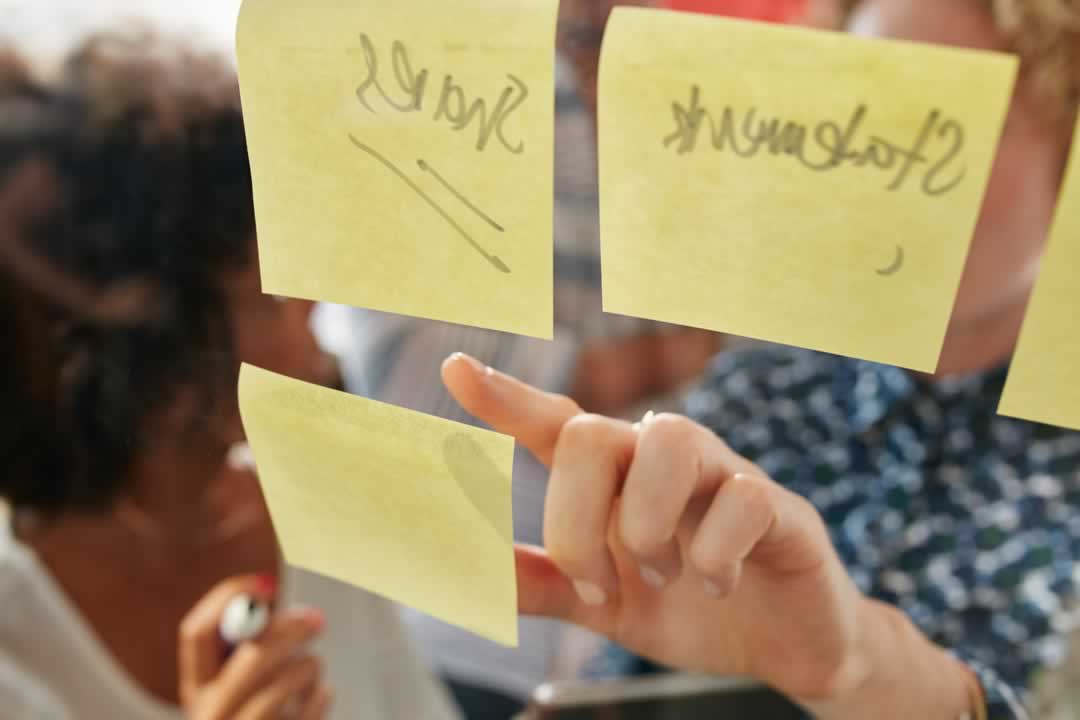table of contents
Want better teamwork? Start with better thinking. High-performing teams aren’t just good communicators—they’re fast thinkers, creative problem-solvers, and mentally agile under pressure.
But most teams stay stuck in the same thinking loops because they never practice anything different.
That’s where the right kind of mind games come in. Not cheesy icebreakers. Not awkward “trust” exercises. Real mental stretchers that improve how your team sees, solves, and collaborates—while having a little fun in the process.
Why Mind Games Work for Teams
When your team solves problems together in low-stakes, creative settings, they get sharper before the high-stakes moments hit. They learn each other’s styles. They build psychological safety. They get better at thinking together.
This isn’t just about play—it’s about rewiring how your team operates under pressure. And it works.
Game 1: Outside-the-Box Drill
The classic 9-dot challenge is a perfect warmup. Draw nine dots in a 3×3 grid. The goal: connect all dots with four straight lines without lifting the pen or retracing.
It’s harder than it looks—because most people unconsciously create boundaries that don’t exist.
Why it works: It reveals mental rigidity fast. You’ll immediately see who’s assuming constraints and who questions them. Perfect for kickoff meetings or energizers.
Game 2: Idea Storm from Objects
This one’s great for team bonding or long car rides during retreats.
Pick a random object—anything you can see nearby. Everyone has 60 seconds to come up with a new business, product, or service that uses it.
A parking meter becomes a gym membership scanner. A tree becomes a “rent-a-shade” service for parked cars. Yes, it gets weird. That’s the point.
Why it works: It activates lateral thinking and unlocks creativity from non-obvious angles. Helps the team loosen up and drop perfectionism.
Game 3: Perspective Shifter
Choose a challenge you’re currently facing as a team. Then assign each person a new “lens”:
- What would a 6-year-old suggest?
- How would a virus solve this problem?
- What would Elon Musk definitely do wrong?
Let everyone explain their take. Then debrief as a group.
Why it works: Forces fresh thinking and stretches perspective—especially for over-analytical or risk-averse teams. It also helps shift heavy energy into curious conversation.
Game 4: Concept Mashup
Give your team two random objects (or have them pick two each). Combine them into one useful or absurd product.
Microwave + chair = heated recliner.
Bicycle + blender = smoothies while you pedal.
Yoga mat + suitcase = a traveler’s portable workout kit.
Bonus round: Pitch it like you’re on Shark Tank.
Why it works: Encourages divergent thinking and adaptability. Great for creative teams, innovation sessions, or breaking through mental fatigue.
Game 5: Scenario Puzzles
These are real-life MacGyver problems your team can tackle together.
Example:
A ping-pong ball is stuck two feet down in a narrow iron pipe embedded in concrete. You have only a t-shirt and a box of Frosted Flakes. How do you get it out?
Let the group brainstorm. Use a whiteboard. See who challenges assumptions, who stays practical, and who brings the wild cards.
Why it works: Builds group problem-solving skills and uncovers different thinking styles under pressure.
Want a Smarter Team? Train Their Thinking, Not Just Their Tasks.
Mind games aren’t fluff—they’re practice. They’re how you get a team to stop defaulting to “the way we’ve always done it” and start seeing new paths.
These games stretch creativity, surface group dynamics, and build confidence in a low-risk setting. Use them weekly. Rotate who leads. Then watch your team get sharper, faster, and more aligned—without forcing it.



